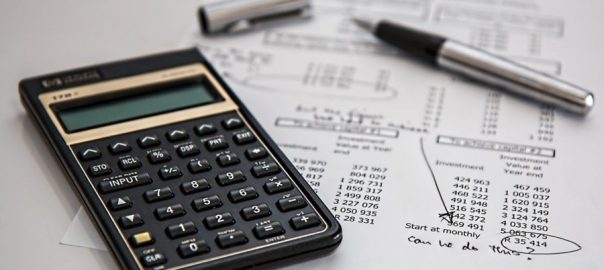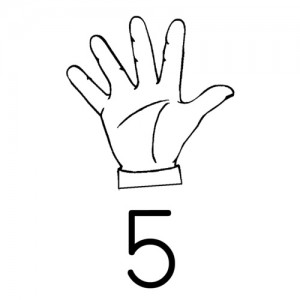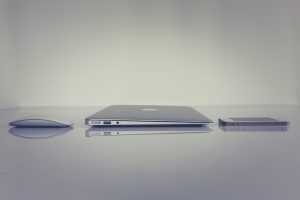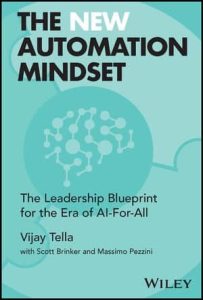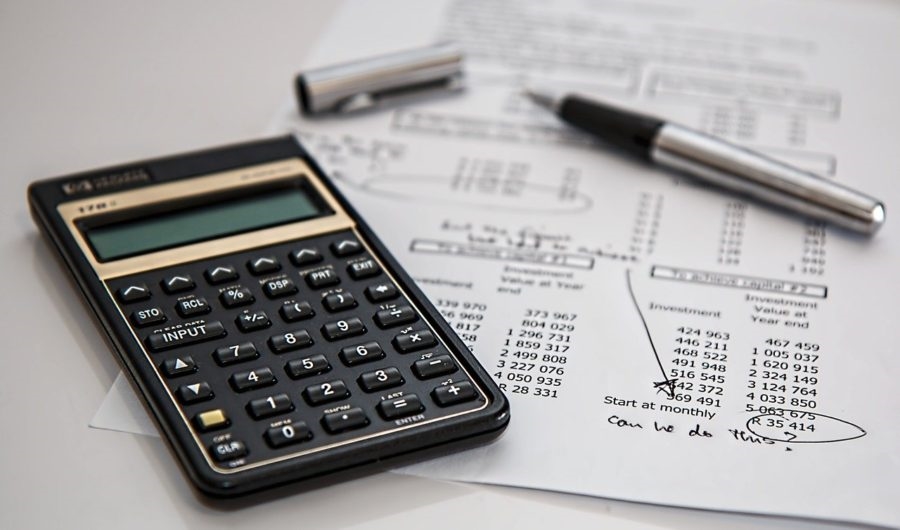
stevepb / Pixabay
At the end of the year, small business owners must take on a complex balancing act with their finances to ensure that they’re well-positioned going into the new year. There are two important factors at play: first, mitigating tax liability while maintaining enough cash to cover the first few months of the new year. Second, positioning the year-end financial reports in a way that the company can easily seek loans or financing for growth.
Tax liabilities and cash flow check
Most business owners will want to reduce their tax liability by taking on additional expenses (and therefore reducing profit) before the year-end close, but there are some important things to consider so that you don’t potentially harm your company’s cash flow.
The first distinction to keep in mind is that profits do not equal cash. Your cash balance in the bank at the end of the year is not the amount of profit you will pay tax on. Your profit will come from your Profit & Loss statement, which takes into account gross income and expenses. Owners of pass-through entities such as single member LLCs, S crops, and partnerships will pay tax on the net profits from the P&L and any reported distributions on your K1 statement.
When taking on expenses, keep in mind that paying off credit cards is not considered an expense. The expenses you paid with your credit card will be recorded on the date of the charge, not the date you paid your balance. While it may be beneficial to pay down your debt (for the purposes of seeking financing — see below), it won’t help you if you hope to reduce the profit in your company or mitigate your tax liability.
If you are planning to buy equipment for the coming year, such as computers, workstations, or production materials, you should buy only what you need for the first quarter. You don’t want to use up cash that you may need for other expenses that come up in Q1. Also, keep in mind that prepaid expenses (such as rent, insurance, equipment paid before use) may not be allowed to be expensed in full at the time of payment; check with your CPA on the rules for categories before paying them.
Ultimately, you’ll want to be able to pay out your end-of-year expenses, bonuses and commission while still leaving enough cash in your account that will be able to cover January expenses.
Bringing your balance sheet into balance
If your company is planning to seek loans or financing in the coming year for growth or expansion, then the end of year requires maintaining good cash flow while also lowering your debt. This will help your EOY balance sheet look better for the banks and increase your likelihood for receiving financing.
Debt should not be higher than 20% of your revenue and should not be more than 80% of your balance sheet assets. There are two ratios to keep in mind:
Current ratio = current assets / current liabilities
The current ratio measures whether or not your business has enough resources to pay its bills over the next 12 months. This ratio should ideally be 1 or higher.
Total debt ratio = total debt / total assets
This ratio shows how much your business is in debt and is a great way to check your company’s long-term solvency. This ratio should ideally be 1 or lower.
Originally published here.
Business & Finance Articles on Business 2 Community
(14)
